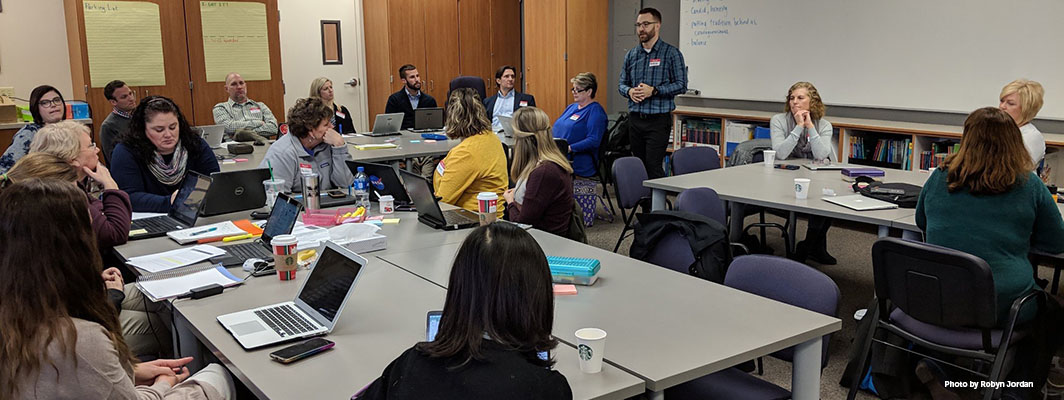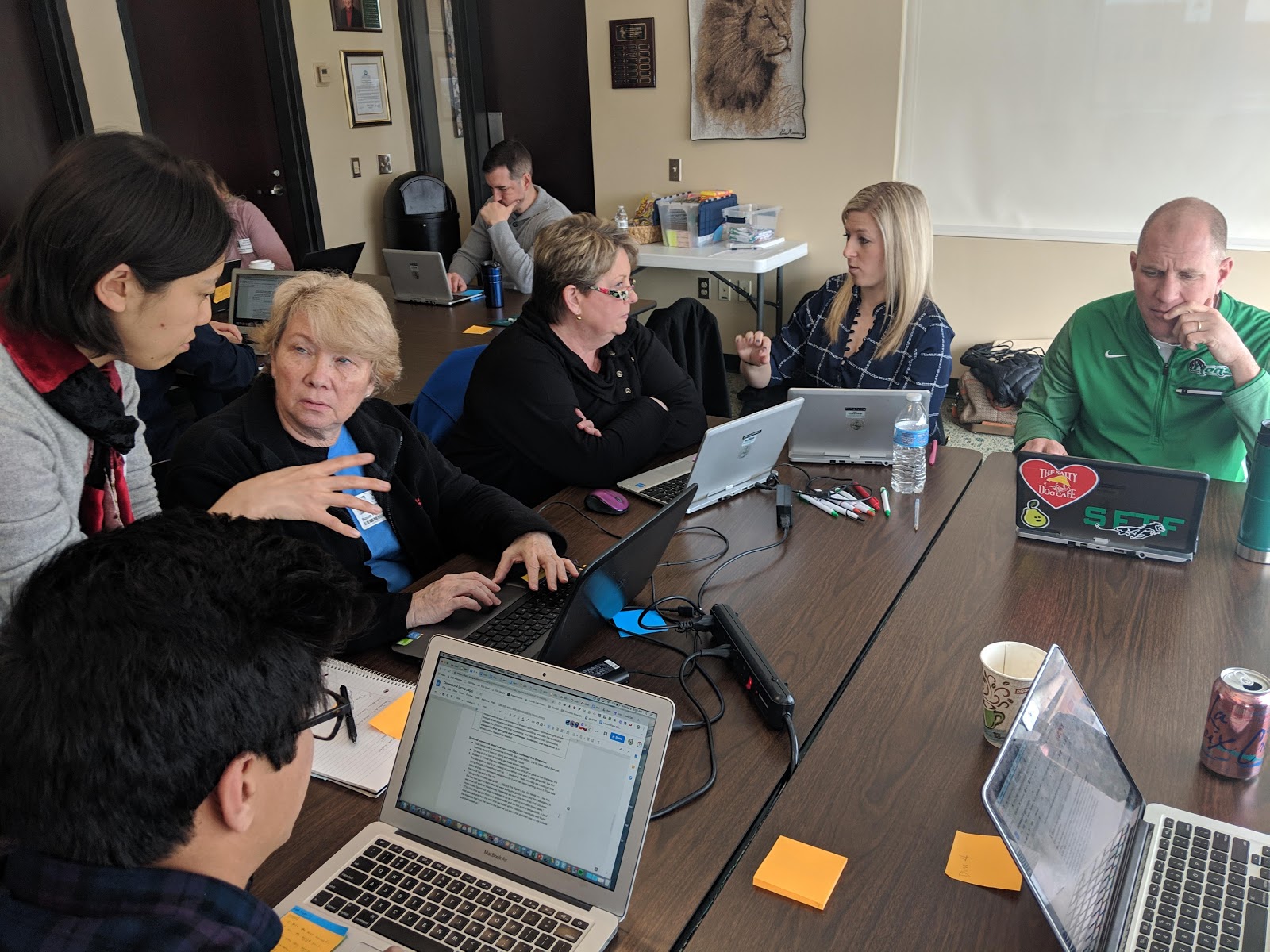
April 25, 2019 | By Anthony Baker
In traditional science classrooms, students are often presented with facts and definitions to memorize, or they are asked to follow a predetermined set of instructions to complete a lab activity. However, this model of instruction does not align with our emerging understanding of how students learn science best.
In 2012, the National Research Council released A Framework for K-12 Science Education, a consensus report that outlined how research in the learning sciences should inform the development of a new set of science standards. This report emphasized “the power of integrating the understanding of science with engagement in the practices of science” for students and became the guiding document for the development of the Next Generation Science Standards (NGSS) released the following year.
The NGSS represent a significant departure from typical science standards that focus only on content or treat content and inquiry skills separately. Instead, the NGSS emphasize three-dimensional instruction that engages students in the concurrent use of science and engineering practices, cross-cutting concepts, and disciplinary core ideas to explain scientific phenomena and solve problems.
With this unique innovation in standards, states and school districts have been challenged to identify high-quality materials aligned with this new model of science learning. To address this need, Digital Promise, with the support of the Hewlett Foundation, is convening an Open Educational Resources (OER) Deeper Learning for NGSS Challenge Collaborative to create freely available units of instruction.
Reimagining science instruction in a way that places student questions and investigation as the driver of learning is central to the vision of the NGSS. This idea is also at the heart of the Deeper Learning competencies developed by the Hewlett Foundation, which contend that students should “be active participants in their education […] immersed in a challenging curriculum that requires them to seek out and acquire new knowledge, apply what they have learned, and build upon that to create new knowledge.”
With that in mind, 18 teachers from three districts in the League of Innovative Schools, along with curriculum writers and researchers from Digital Promise, formed a Challenge Collaborative to create NGSS-aligned materials and gain a better understanding of how Deeper Learning can occur in student-centered science classrooms.
To guide the development of open educational resources (OER) that emphasize scientific knowledge and practices for students, the Challenge Collaborative chose to use the Challenge Based Learning (CBL) framework. CBL is an approach to solving real-world problems that engages students in developing questions to guide investigations and acting on solutions based on their findings. As we examined the CBL framework, we identified places to make strong connections to the NGSS:
Building on the CBL framework and the NGSS, the Challenge Collaborative met in October 2018 and March 2019 to write, pilot, and iterate our units of instruction.

Digital Promise Researcher Emi Iwatani discusses Deeper Learning, while teachers from South Fayette Middle School develop CBL units for their students.
We’re currently planning to publish the units of instruction in late summer 2019, as well as a research report and guides for developing CBL units and Deeper Learning rubrics.
To receive future updates on this project, sign up for the Digital Promise Action Report. For more information on Challenge Based Learning, visit https://www.challengebasedlearning.org/.
By Elliott Barnes and Sara Mungall